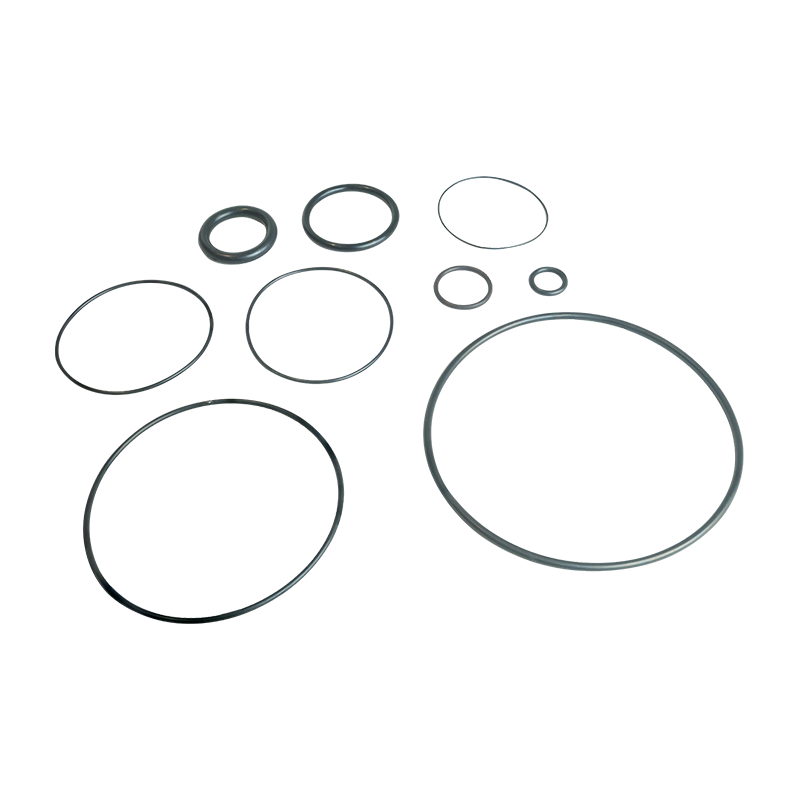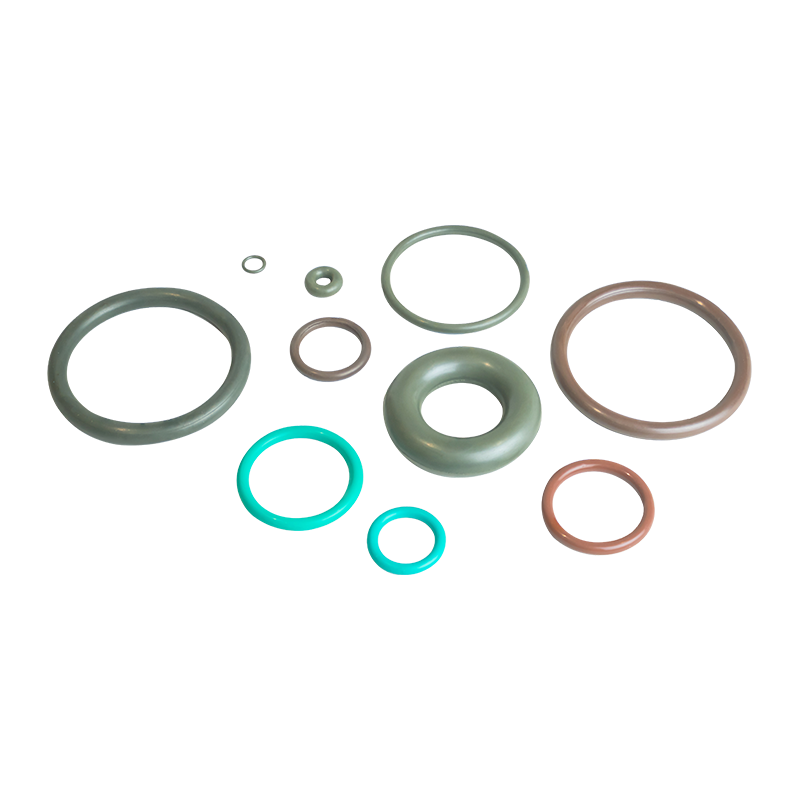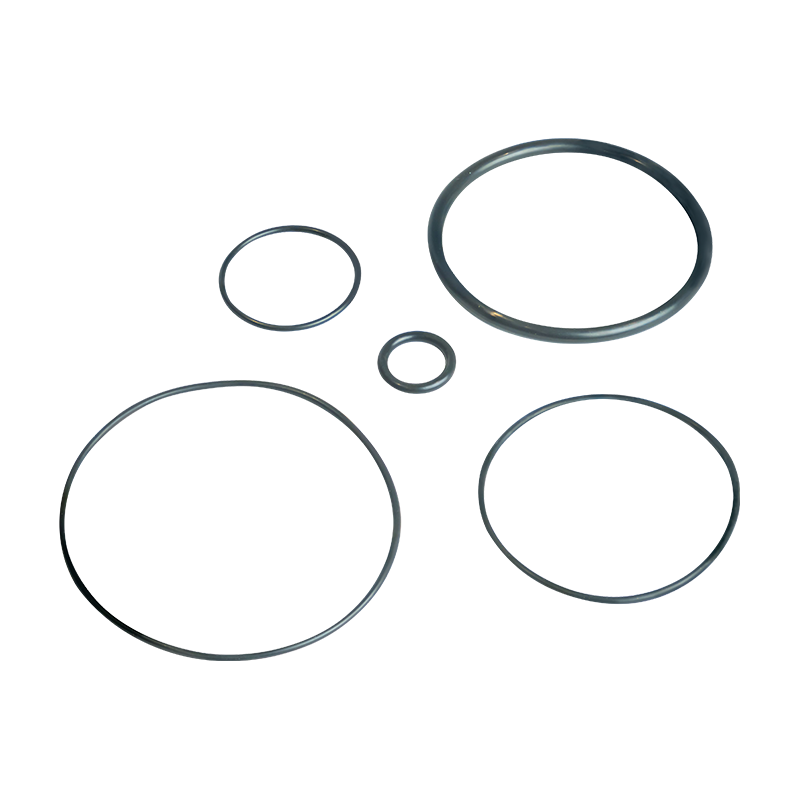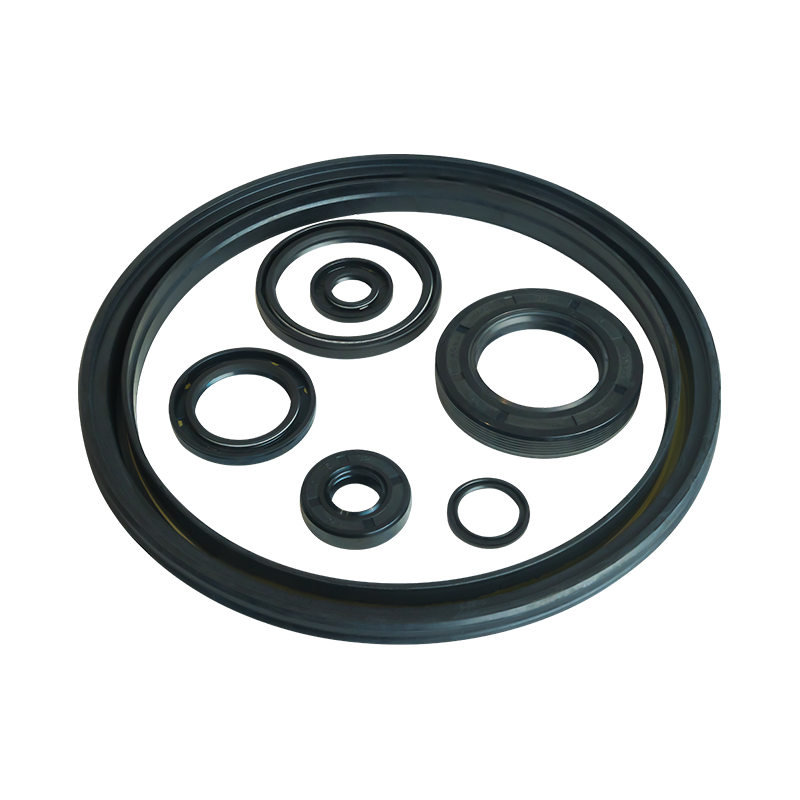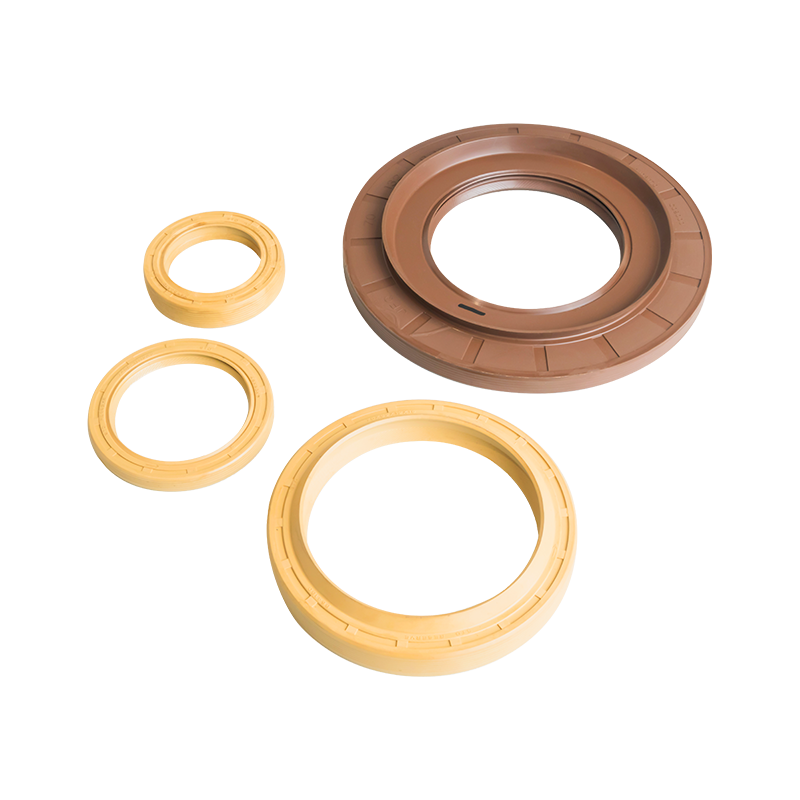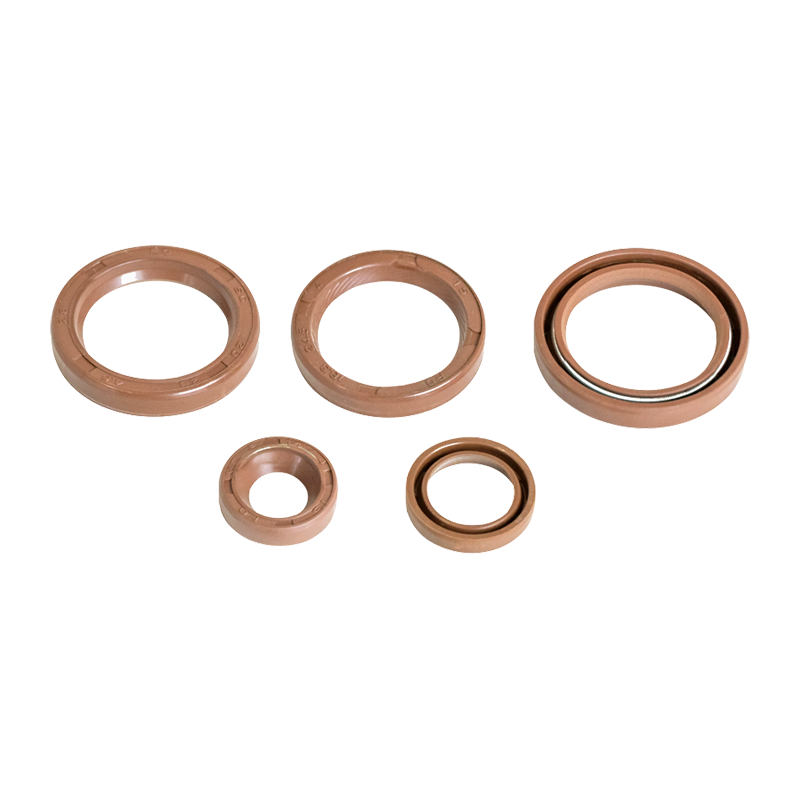Why can red silicone O-rings maintain good performance at high temperatures?
In modern industry and many high-tech fields, the reliability of sealing technology is directly related to the performance, safety and service life of equipment. As a common and critical sealing component, the excellent performance of red silicone O-rings in high temperature environments has attracted much attention. When it is in a high temperature environment, a series of complex and exquisite physical and chemical processes quietly occur inside it, ensuring the stability of the sealing performance.
The main material of the red silicone O-ring, silicone rubber, has a unique molecular structure. Its main chain is composed of silicon-oxygen bonds (Si-O), and silicon atoms and oxygen atoms are alternately connected to form a stable inorganic skeleton. The bond energy of this silicon-oxygen bond is relatively high, which gives silicone rubber basic thermal stability. Compared with common organic rubbers with carbon-carbon bonds (C-C) as the main chain, silicon-oxygen bonds are more difficult to break at high temperatures, laying the foundation for the stable performance of red silicone O-rings in high temperature environments. Organic side groups such as methyl (-CH₃) and vinyl (-CH=CH₂) are also connected to the molecular chain of silicone rubber. The presence of these organic side groups adds a certain flexibility to the molecular chain without affecting the stability of the main chain, making silicone rubber have good elasticity at room temperature and able to adapt to various sealing requirements.
When the red silicone O-ring is exposed to a high temperature environment, the external heat energy will be transferred to its interior, resulting in an increase in the kinetic energy of the molecules and an intensification of molecular motion. According to common sense, the intensification of molecular motion may cause changes in the interaction between molecular chains and even lead to the degradation of material performance. However, the unique molecular structure of silicone rubber plays a key role at this time. Due to the stability of the main chain of the silicon-oxygen bond, the molecular chain will not easily break or rearrange. Even if the molecular motion is accelerated at high temperature, the rigid structure of the silicon-oxygen bond can still maintain the basic form of the molecular chain and prevent excessive slippage between molecular chains. This effective constraint on the movement of the molecular chain prevents the red silicone O-ring from softening or flowing at high temperatures like some ordinary rubber materials, thereby maintaining its own shape stability.
At the same time, the flexibility of the organic side groups on the silicone rubber molecular chain also plays an important role in high temperature environments. Despite the intensified molecular motion, the presence of organic side groups allows the molecular chains to maintain a certain degree of flexible connection. This flexible connection allows the molecular chains to move relative to each other within a certain range without destroying the integrity of the entire molecular structure. For example, when the red silicone O-ring is subjected to external extrusion force, the molecular chain can make slight displacements and adjustments through the synergistic effect of the organic side groups to adapt to the pressure changes. In high-temperature pipeline sealing, as the temperature of the medium in the pipeline increases, the pipeline will expand thermally, generating additional extrusion force on the O-ring. At this time, the molecular chain inside the red silicone O-ring can respond in time and adjust its own shape under the combined effect of the stable support of the main chain of the silicon-oxygen bond and the flexible adjustment of the organic side groups, and closely fit the sealing surface of the pipeline interface to effectively prevent the leakage of high-temperature media. This ability to maintain elasticity and flexibility at high temperatures and thus achieve effective sealing is the core embodiment of the high-temperature resistance of the red silicone O-ring.
From a microscopic perspective, the performance maintenance of the red silicone O-ring at high temperatures is also related to the interaction force between molecules. There is van der Waals force between silicone rubber molecules. This weak intermolecular force plays a certain role in maintaining the condensed state of the material at room temperature. In a high temperature environment, although the molecular motion is intensified, due to the particularity of the molecular structure of silicone rubber, the change of van der Waals force is relatively small. Polar groups on the silicone rubber molecular chain (such as oxygen atoms connected to silicon atoms have a certain electronegativity) may form weak hydrogen bonds or other weak interactions. These weak interactions can cooperate with van der Waals forces at high temperatures to further stabilize the relative positions between molecular chains and prevent excessive dispersion of molecular chains. The stable maintenance of this intermolecular interaction force ensures that the red silicone O-ring will not have a loose internal structure at high temperatures, thereby maintaining good sealing performance.
In practical applications, the high temperature resistance advantages of red silicone O-rings have been fully reflected. In terms of industrial heating equipment, whether it is a high-temperature furnace, steam pipe or chemical reactor, these equipment often generate a high temperature environment during operation. Red silicone O-rings are widely used in the sealing parts of equipment, such as the sealing gasket of the furnace door, the sealing ring of the pipeline connection, etc. Under long-term high temperature, it can always maintain elasticity and sealing, effectively preventing the leakage of high-temperature gas or liquid. This not only ensures the normal operation of the equipment and improves production efficiency, but also reduces safety hazards and energy waste caused by leakage.
In the field of automobile manufacturing, the engine, as the core component of the car, will generate a lot of heat during operation, and the sealing environment around it is very harsh. Red silicone O-rings are used for sealing the engine's cooling system, fuel system and various high-temperature pipelines. Under the combined effects of high temperature, vibration and complex chemical media in the engine compartment, it can reliably seal coolant, fuel and other media with excellent high temperature resistance and chemical stability, ensure the normal operation of the engine, and extend the service life of the engine.
In the field of aerospace, when the aircraft is flying at high altitude, the engine faces extreme temperature changes, from the low-temperature high-altitude environment to the high-temperature combustion chamber, the temperature span is extremely large. Red silicone O-rings are used in key parts such as the engine's fuel system, hydraulic system and cabin sealing due to their excellent performance stability in a wide temperature range. In the high-temperature engine combustion chamber, it can withstand the impact of high-temperature gas, maintain sealing performance, prevent gas leakage, and ensure the efficient operation of the engine. In terms of aircraft cabin sealing, it can always maintain good elasticity and sealing under the alternating changes of high-altitude low temperature and relatively high temperature inside the cabin, providing a safe and comfortable environment for pilots and passengers.
Sray up to date with allour recent products
- Address: No. 6 Yangsha Road, Chengbei Industrial Park, Huilong Town, Qidong City, Jiangsu Province China
- Phone: +86-13906283641+86-18934546679
- Fax: +86-0513-83698022
- Email: [email protected]




 English
English русский
русский 中文简体
中文简体

